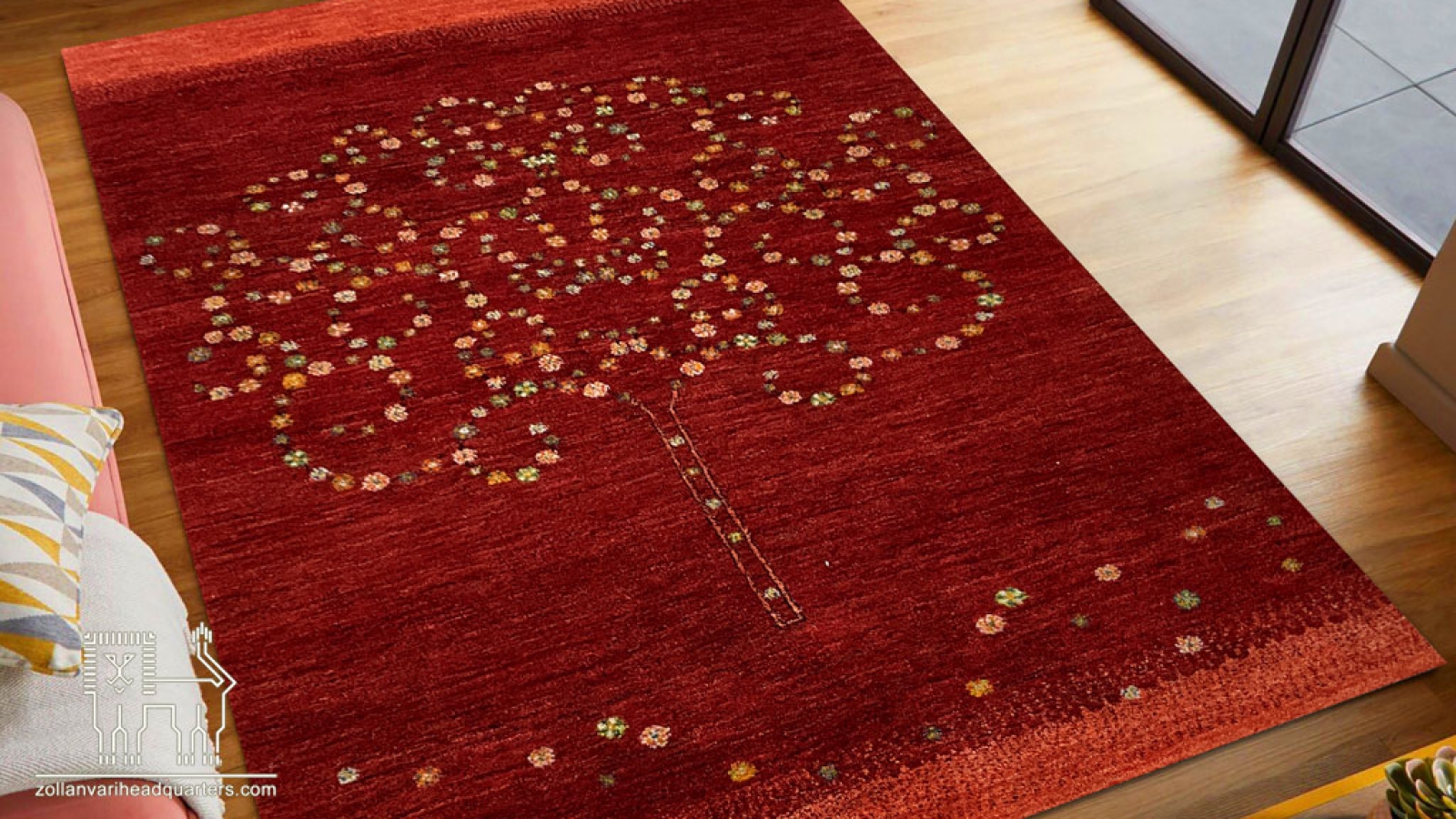Handwoven Silk and Fine-Woven Carpets of Isfahan
The handwoven silk and fine-woven carpets of Isfahan are among the most prominent examples of Iranian art, with a history spanning several centuries. They have always been recognized as symbols of beauty, precision, and craftsmanship in the carpet weaving industry. These carpets, especially during the Safavid period and even before, held a special place in the history of Iranian carpets and are now regarded as valuable artistic treasures in global markets. In this content, we will examine the features, history, and cultural significance of handwoven silk and fine-woven carpets from Isfahan and also highlight the significant role of Zollanvari in advancing this craft.
History of Handwoven Silk Carpets from Isfahan
Handwoven silk and fine-woven carpets from Isfahan have an ancient history, dating back to the Safavid period and even earlier. During the Safavid era, Isfahan was known as the capital of Iran and a cultural and artistic center of the country. It was in this period that carpet weaving in Isfahan reached its peak, producing high-quality carpets with intricate designs, which are now recognized as valuable works of art in museums and private collections.
Silk and fine-woven carpets from Isfahan are typically woven with the finest silk threads, which give them a special softness and lustrous shine. These carpets are often woven with the famous Shah Abbas pattern, one of the most popular and well-known designs in the history of Iranian carpets. These patterns, featuring floral and geometric motifs, are crafted with great care and combine art, history, and Iranian culture.
Design and Patterns of Isfahan Silk Carpets
The designs of Isfahan silk and fine-woven carpets are distinguished by their complexity and the precision of their craftsmanship. One of the most famous patterns used in these carpets is the Shah Abbas design. This pattern, which was particularly popular during the reign of Shah Abbas I of the Safavid dynasty, consists of intricate floral motifs and detailed patterns, each telling its own story or carrying its own meaning.
In addition to the Shah Abbas pattern, many Isfahan silk carpets feature depictions of important religious and historical sites such as the Sheikh Lotfollah Mosque and the Imam Mosque. These carpets are not only seen as decorative items but also as priceless works of art that reflect the history and culture of Iran.
The portrayal of significant Isfahan mosques on these carpets, especially during the Safavid era, symbolizes a respect for Iranian architecture and the connection between religious culture and the art of carpet weaving. The design and weaving of these carpets involve specialized skills and complex techniques that can only be mastered by highly skilled artisans.
Features of Isfahan Silk and Fine-Woven Carpets
Handwoven silk and fine-woven carpets from Isfahan have distinctive features that set them apart from other Iranian carpets. Some of these features include:
- Use of natural silk: Silk thread is one of the key characteristics of Isfahan carpets, giving them a unique and radiant appearance. Silk’s natural properties provide high durability and, in addition to beauty, offer a soft and delicate feel.
- Precision in weaving: The fine weaving of Isfahan carpets, with their meticulous and delicate craftsmanship, places them at a high level in terms of quality and beauty. The more densely packed the knots, the higher the quality of the carpet.
- Intricate and artistic patterns: The patterns of these carpets are typically very complex and artistically crafted. Particularly the Shah Abbas designs, which feature detailed flowers and foliage.
- Natural and attractive colors: Isfahan carpets are dyed using natural and plant-based colors, which not only enhance the carpets’ beauty but also ensure the colors remain vibrant for many years due to the use of natural materials.

Conclusion
Handwoven silk and fine-woven carpets from Isfahan, with their rich history and centuries-old heritage, continue to be recognized as one of the greatest treasures of Iranian art. These carpets are not only valuable decorative items but also priceless works of art. The Shah Abbas patterns, religious and historical motifs, and the use of natural silk are key features of these carpets. Master Zollanvari, through his works, has elevated the art of Iranian carpet weaving to a higher level and introduced Isfahan’s silk and fine-woven carpets as a global symbol of Iranian beauty and authenticity.

